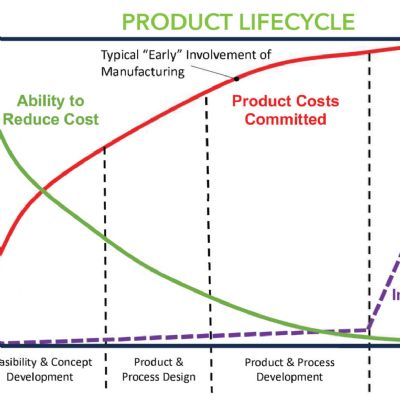Advice to the New President on Income Tax and Estate Tax Laws
November 1, 2008Comments
Politicians are forever talking about raising or lowering the income tax rate. It’s election time—the silly season for floating “what’s best for the country” income tax rate ideas. And once in a while the same politicians will babble a bit as to changing or killing the estate tax law.
Let’s take the income tax law and the estate tax law one at a time.
Raising the tax rate will mean more revenue. So claim those pushing for a higher rate. No, says the other side: Lowering the income tax rate will increase the tax base, resulting in more revenues.
Let me offer you some fresh new evidence. My information comes from an article that blew my socks off. The article, “You Can’t Soak the Rich,” by David Ranson, ran in the May 20, 2008, issue of The Wall Street Journal. It introduces “Hauser’s Law,” originally created by Burt Hauser, an economist who, in 1993, published eye-opening data about the federal tax system. Let’s start by stating Hauser’s Law (HL): “No matter what the tax rates have been, in postwar America, tax revenues have remained at about 19.5 percent of gross domestic product (GDP).”
The article contains a chart explaining HL. The chart has two tell-all lines:
1) The “top individual tax bracket” from 1950 through 2007—90 percent in the 1950s; 70 percent until the mid-1980s and rates from 50 to 30 percent until the mid-1990s; with a steady 35 percent rate since 2001. This line is all over the map, from 30 to 90 percent.
2) “Revenue as a percentage of GDP,” almost a straight line, holding at about 19.5 percent.
The 19.5 percent gives you the federal income tax yield—tax revenue divided by GDP. Easy enough. You don’t have to be a rocket scientist to see what HL means: Raising tax rates lowers GDP. “Higher taxes reduces the incentive to work, produce, invest and save, thereby dampening overall economic activity and job creation,” writes Hauser.
The most interesting thing about HL is that it is fact, not theory. A fact that has given specific, consistent and proven results with 57 years of easy-to-verify data. So let’s state the obvious conclusion: Raising taxes reduces GDP. Result? Lower yield (tax revenues); lowering the income tax rate increases GDP as well as tax revenues.
Now, let’s take a look at the robber-like estate tax. In 2008 there’s no tax on the first $2 million of your estate, rising to $3.5 million in 2009. Then absolute stupidity takes over: No tax in 2010, and finally, in 2011 only the first $1 million is tax-free. What are the top estate tax rates? For 2008 and 2009, 45 percent; zero for 2010 and for 2011(and thereafter), the insane rate of 55 percent.







 Podcast
Podcast
 Webinar
Webinar